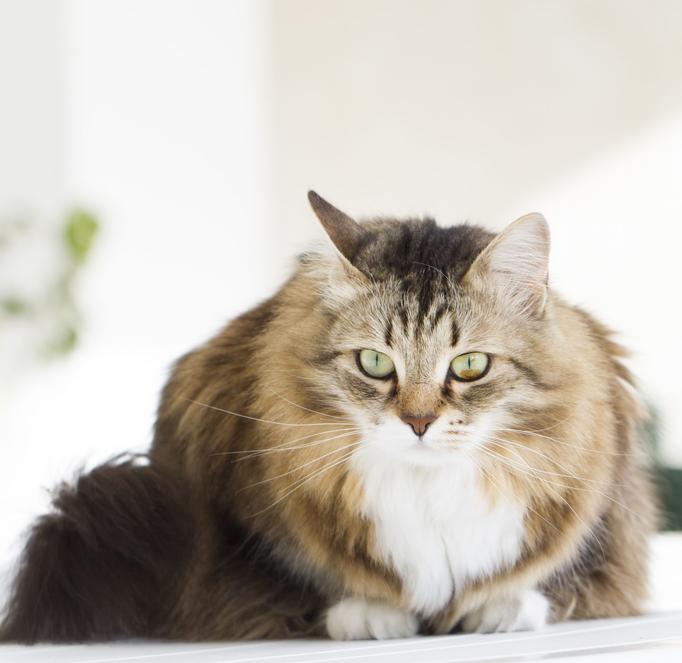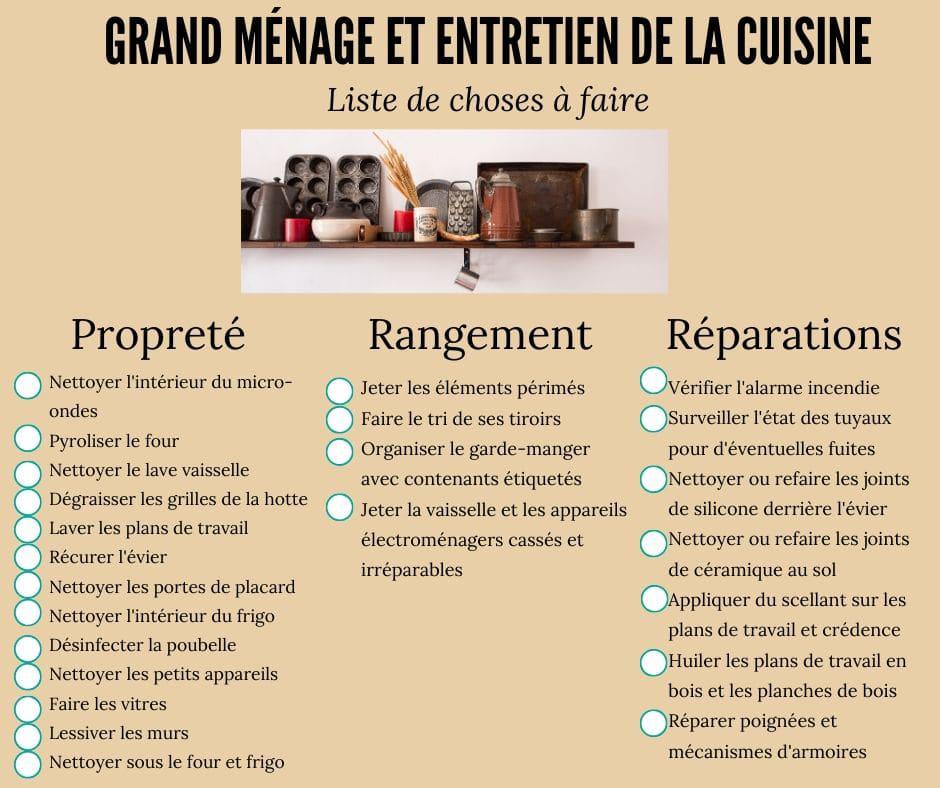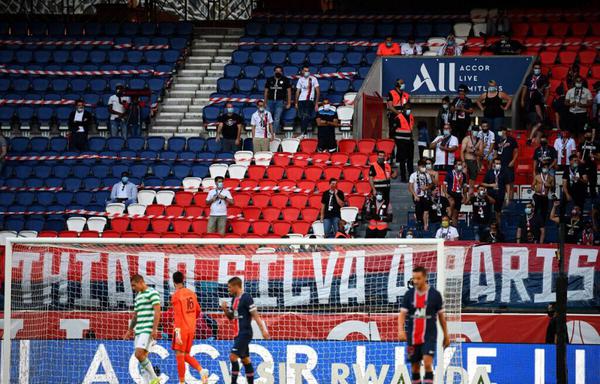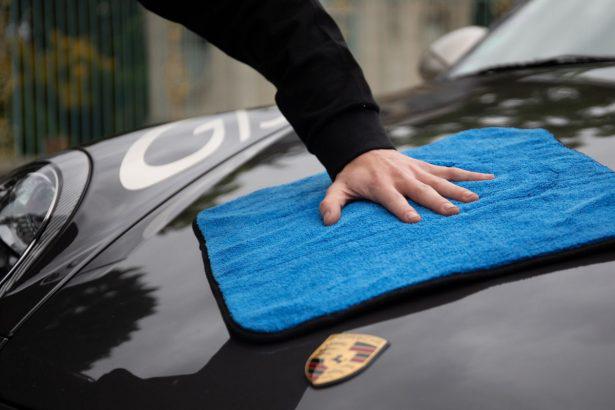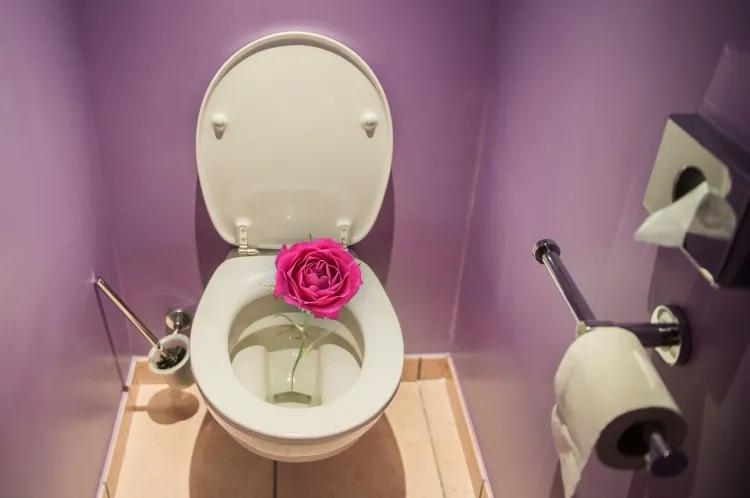Cork is a beautiful, versatile natural material that offers several advantages – it is environmentally friendly, easy to clean, provides good sound and heat insulation and fascinates with its attractive natural look. No wonder it is becoming more and more popular as a practical and aesthetic flooring. However, some fear that it is too soft, sensitive and unsuitable for all rooms. Can we summarize the advantages and disadvantages of cork as a natural floor covering? We will examine it in detail and try to give you an idea about it. And all this, accompanied by photos illustrating the latest collections of 2 renowned cork flooring manufacturers! What more could you want?
Cork flooring – an eco-friendly material
Before looking at cork flooring, it is worth mentioning something about its origin. The cork oak is a tree from the Mediterranean regions (especially Portugal and Spain), exploited for its bark which gives the material cork. After the first emergence, we receive a dark brown bark, known for its better insulating properties. The next liftings, done every 10-12 years, give a much softer cork, but its advantage is that it is easy to shape. It is mainly used for making corks. Very important and specific information is that the tree continues to live after the bark has been partially removed! During its life, a single tree can provide up to 100 kg of cork! That's why this renewable resource is considered an eco-friendly alternative to hardwood flooring and laminate flooring.
Cork flooring is available in three variants – pressed boards (in a single layer of cork or multi-layered boards), click parquet which is mainly made of cork granules and cork flooring "massive ". It is the material obtained during the first raising of the bark which is usually available as tiles or mosaic. The surface of the latter is sealed with a special varnish, and sometimes it is reminiscent of a floor tile, more than a coating of natural wood. Just like classic parquet, cork flooring can be glued or clipped.
Cork flooring – the advantages of the natural material
Cork is a very strong and durable material that fits perfectly into modern interiors. Flooring made of this natural material provides good thermal insulation and also has soundproofing properties. Compared to tiles and laminate, it is perceived as warm and pleasing to the eye. It is therefore perfectly suited to moderate “traffic” areas such as the bedroom, living room, dining room and children’s room. Softer than wood and harder than carpet, possessing a natural flexibility, one feels comfortable walking barefoot on cork flooring. When the surface is treated with special products, cork is also antistatic. In addition, it is considered an easy-care dust-proof material which is also beneficial for families with pets and small children.
White daybed, faux fur and cork flooring
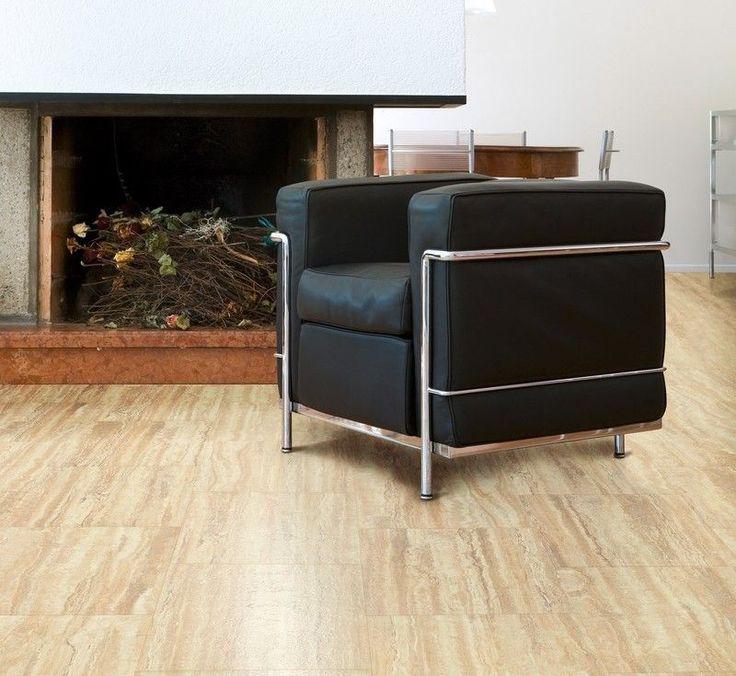
A big plus of cork flooring is that it is flame retardant and abrasion resistant. In addition, small scratches are barely visible on its naturally irregular surface. Its price varies depending on the manufacturer, but it can be said to be in the middle golden zone – the plates are available for around 40-60 euros per square meter, which is more or less comparable to solid wood flooring and natural stone tiles.
The disadvantages of cork
Even though cork has so many advantages, its few disadvantages should be mentioned. If the cork flooring is exposed to the sun for a long time, the material may change color. As a natural material, cork is porous and has a tendency to absorb odours, which makes it a less suitable floor covering for the kitchen, for example. It is therefore necessary to pay attention to cleaning agents and, preferably, wipe the floor with a dry or slightly damp cloth. Humidity above 50% shortens the life of cork and is therefore not suitable for wet areas. Finally, cork is relatively soft, which means that moving tables and chairs can leave visible marks on its surface.
Panton designer chair, white woodwork and cork flooring with white finish
Scandinavian attic bedroom with cork floor
Children's room with cork floor for good thermal insulation and more comfort
White adult bedroom with “floating” bed on platform and cork flooring
Mezzanine with rustic table, mismatched chairs and cork tile floor
Warm flooring in cork and resin granules and contemporary art objects
Long chair dressed in fur and cork floor”solid”dark brown
Designer armchairs and floor in cracked earth look cork slabs
Brick walls, sofas with exotic motifs and cork parquet flooring
Cork flooring by Wicanders
Cork flooring by Real Cork Floors

